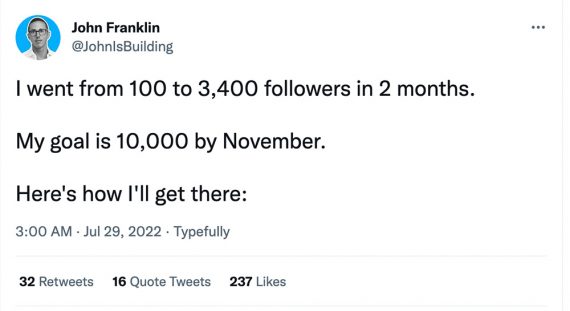An audience of content-consuming shoppers can grow an ecommerce business. But in a world of content creators, engaging that audience is increasingly competitive.
Sales channels for online merchants typically include Google Ads, organic search, email, and social media. Each relies on putting a message in front of prospects.
The PESO Model
The paid, earned, shared, and owned (PESO) model is one way to consider the various audiences a business may engage through marketing.
If it buys ads on Instagram, an online store addresses a “paid” audience. Instagram more or less owns the audience and sells access to it. P
A “shared” audience could describe organic social media marketing. A business creates TikToks or Instagram Reels to engage an audience that is, in a sense, shared with the social media platform. fhpcn
But the “owned” audience — directly engaged with the business — is the most powerful. Content marketing is an excellent way to develop an owned audience.
Content Marketing
Content marketing is creating (or curating) articles, videos, podcasts, and the like to attract, engage, and retain an audience of potential customers. Ideally the content is entertaining, informative, or otherwise useful.
When it was new, content marketing could position a business as an authority in a given industry. It can still do that circa 2022, albeit with much more competition.
Say you wanted to start a direct-to-consumer plant-based supplement brand. Developing an audience on Instagram would require exceptional content as there are loads of vegan creators on the platform.
An example is Kim-Julie Hansen, the author of two vegan cookbooks from Harper Collins Publishers. Her Best of Vegan Instagram channel has more than 2 million followers.

The Best of Vegan Instagram channel has 2.1 million followers.
Ranking on Instagram for vegan content is relatively more difficult because there are so many options.
Strategy and Media
The dilemma is this. Content marketing is one of the most important forms of audience building, but for that reason, a lot more businesses participate.
Thus a business can tread water in the sea of content or take one of two approaches:
- Develop better content than the competition.
- Find new mediums in which to engage audiences.
Let’s consider each option.
John Franklin co-founded a software company for gym management. Earlier this year he decided to grow an audience on Twitter.

John Franklin experienced rapid growth on Twitter despite competition because he had a thoughtful content strategy.
In two months, he grew from 100 Twitter followers to 3,400. He had a plan for engaging folks on that platform.

Franklin’s approach to content set him apart.
Franklin did not haphazardly post on Twitter when he felt like it or wanted to sell something. He had a plan, and he followed it through.
Alternatively, he could have chosen to post where there’s relatively less competition.
One choice could have been an editorial newsletter via a platform such as Substack. A newsletter doesn’t compete for Google rankings or views on social media.
He might have launched a text-messaging subscription. Each text could include a gym-related tip that links to the entire resource on the brand’s website, promoting the company’s software.
Finally, he could have launched an ecommerce video series using Amazon Live. Merchants such as Franklin or the hypothetical vegan-supplement brand can broadcast live videos to their followers on Amazon and through the Prime Video app. Amazon Live is an ideal platform for ecommerce businesses to showcase their products and services.
Now go build your ecommerce audience.





